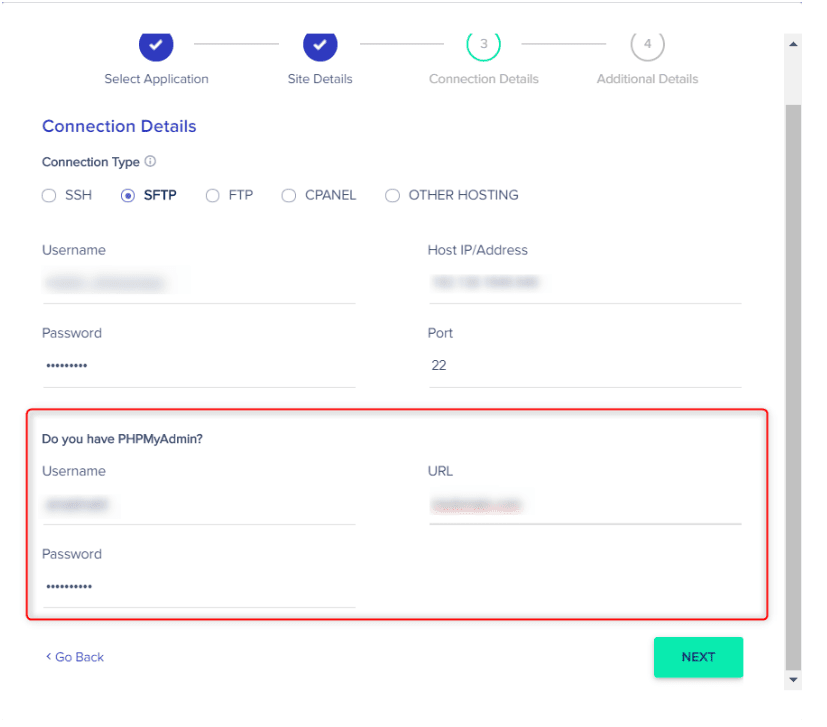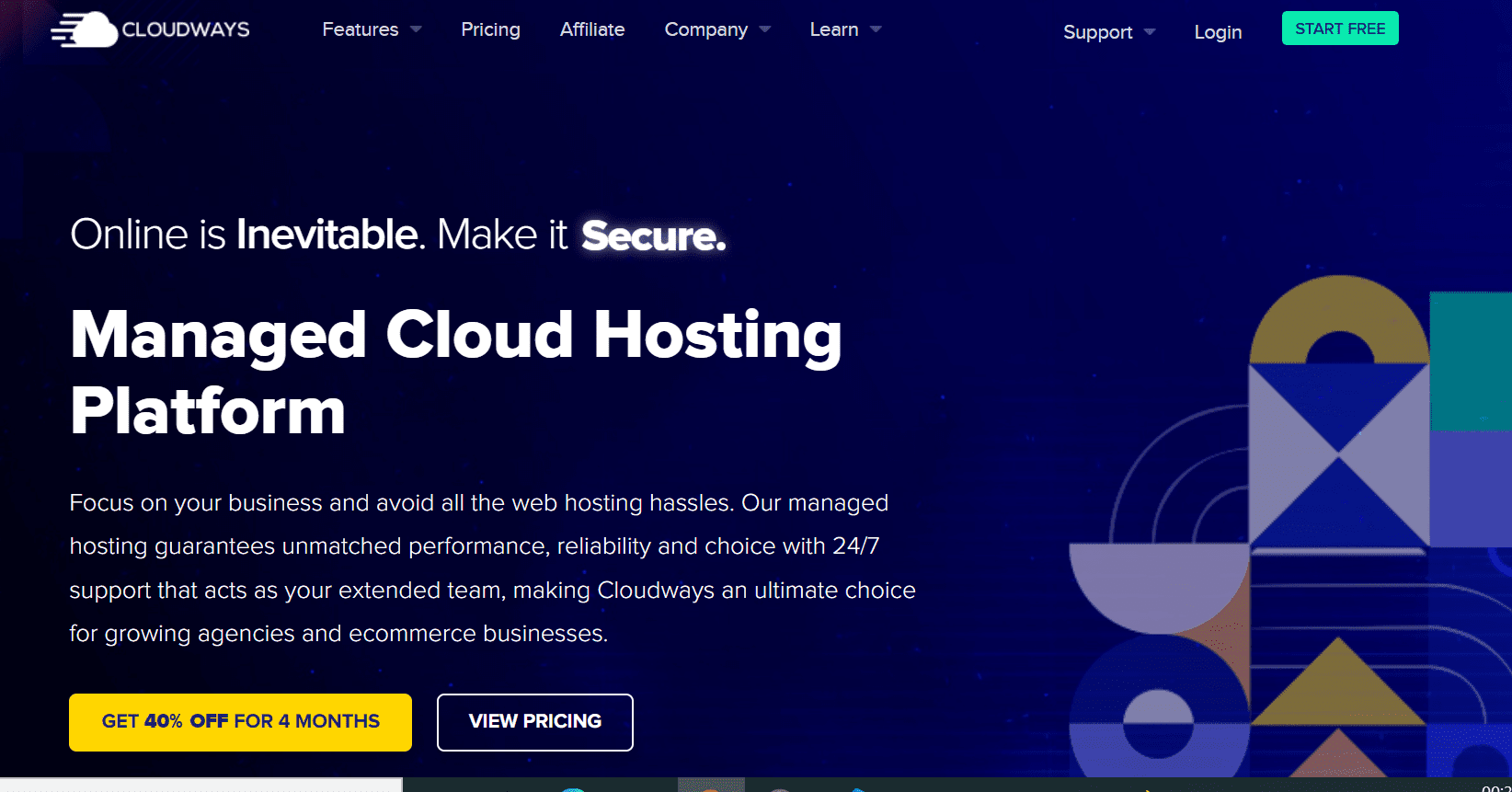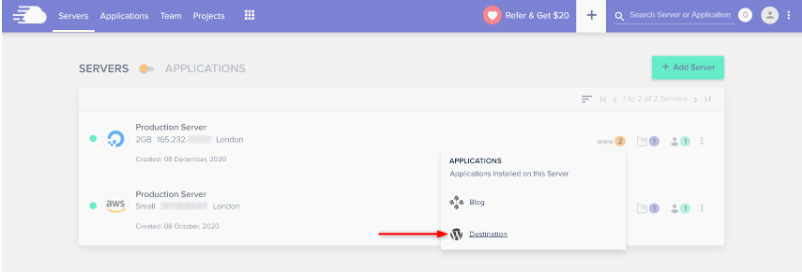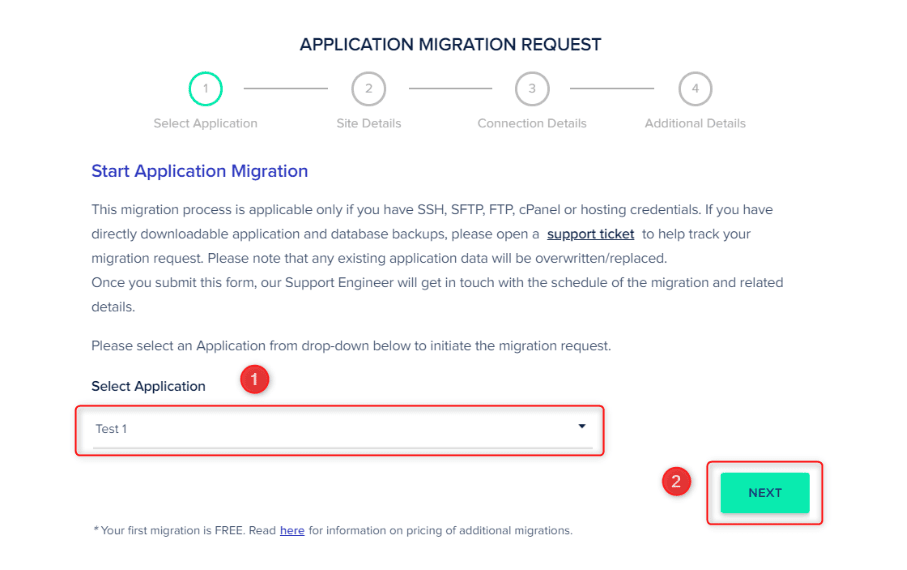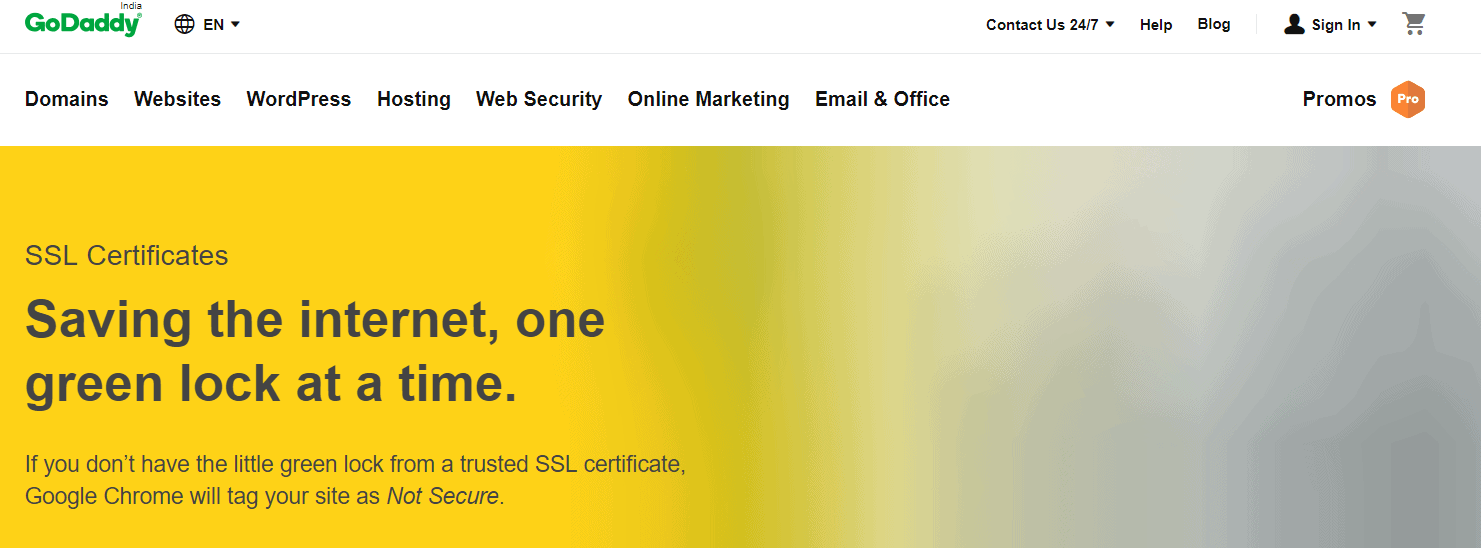Do you have an existing application that you would like to migrate to the Cloud? Cloudways provides a seamless way for you to do just that. In this blog post, we will show you how to request a managed application migration to Cloudways.
We will also provide some tips on what to keep in mind when planning your migration. Let’s get started!
How to Request a Managed Application Migration?
The managed application migration process usually starts with the submission of a ticket or request to the ServiceNow Admin Console. From there, the administrator works with the customer to understand their requirements and comes up with a migration plan.
The next step is to create a duplicate of the source environment in the target environment. After that, data and configurations are migrated over to the new environment.
Once everything is in place, testing and validation are performed before go-live. Finally, the administrator flips the switch and makes the new environment live. The entire process can take anywhere from a few weeks to several months, depending on the complexity of the application.
1. Log In to the Cloudways Platform
You can access the Cloudways Platform by logging in with your email address and password. Once you are logged in, you will be able to view your Dashboard, which shows all of your active servers, applications, and backups.
You can also use the Cloudways Platform to manage your DNS settings, create new servers, or add new applications. If you need any help, our support team is available 24/7 to assist you. So log in today and start using the Cloudways Platform to power your business!
2. Start Application Migration Request
To begin your application migration request, please fill out the form below. Once we have received your information, one of our team members will reach out to you to discuss your specific needs and begin planning the migration process.
We understand that migrating applications can be a complex and daunting task, but our team is here to help make the transition as smooth and seamless as possible. Thank you for choosing us as your application migration provider, and we look forward to working with you.
3. Enter Your Application Domain Name
Applying for a new domain name can be a daunting process, but it doesn’t have to be. Here are a few tips to help you get started:
1. Do your research. It’s important to spend some time researching your options before you commit to a domain name. You’ll want to make sure that the name you choose is available and that it isn’t already being used by another website.
2. Make it memorable. The best domain names are easy to remember and easy to type. Avoid using hyphens or numbers, and try to keep the name as short as possible.
3. Check the availability. Once you’ve chosen a domain name, the next step is to check if it’s available. You can do this by searching for the domain on a Registrar’s website. If the domain is available, you’ll be able to register it for a period of one to ten years.
4. Protect your brand. Once you’ve registered your domain name, consider trademarking it to protect your brand. This will prevent others from using similar names that could confuse customers or damage your reputation.
With these tips in mind, you’re ready to start the application process for your new domain name!
Migrating MySQL Database
MySQL is a free, open-source relational database management system. It is the most popular database in the world, used by millions of websites and businesses. When you need to move your MySQL database to another server, you can do so using the mysqldump command.
This command will create a SQL dump file that contains all of the data in your database. Once you have exported your database, you can import it into the new server using the MySQL command.
If you are moving to a new host, you will need to update your DNS records to point to the new server’s IP address. By following these steps, you can easily migrate your MySQL database to a new server.
Migrating Existing SSL Certificate
Migrating an existing SSL certificate from one server to another can be a complex process. There are a few things to keep in mind before starting the migration.
First, make sure that both servers use the same type of web server software. If they don’t, you’ll need to generate a new CSR and re-key your certificate.
Second, export your current SSL certificate and private key from the old server. You’ll need to save these in a secure location before proceeding.
Finally, on the new server, generate a new CSR and submit it to your Certificate Authority. Once you’ve received your new certificate, install it on the new server and import your private key. Following these steps will ensure a smooth SSL migration.
Do you have your own SSL Certificate?
SSL Certificates are small data files that digitally bind a cryptographic key to an organization’s details. When installed on a web server, it activates the padlock and the HTTPS protocol and allows secure connections from a web server to a browser.
Typically, SSL is used to secure credit card transactions, data transfers,s and logins, and more recently is becoming the norm when securing the browsing of social media sites.
Organizations that implement an SSL Certificate can show their customers that they value security by displaying the green address bar – one of the most highly recognized symbols on the web.
And because trust is such an important factor in eCommerce, search engines are now using HTTPS as a ranking signal. So if you’re not using SSL, you could be missing out on valuable traffic from Google and other search engines.
If you’re not sure if you have an SSL Certificate, just look for HTTPS at the beginning of your website’s URL (address). If you don’t see it, that means you don’t have one. You can easily get started with a free certificate from Let’s Encrypt. Just click the button below to get started.
Quick Links
- Cloudways SSL: How To Harness The Power Of Clouds Securely? How to Install Let & Encrypt SSL Certificate?
- How to Setup CloudwaysCDN With Your Website
- How to Use Varnish at Cloudways? New Complete Guide
Conclusion- How to Request a Managed Application Migration to Cloudways?
If you are looking for a managed application migration to Cloudways, our team of experts can help. We have years of experience migrating applications to the cloud and would be happy to assist you in your move.
Simply read through our step-by-step process and contact us when you are ready for help. We look forward to hearing from you soon!

